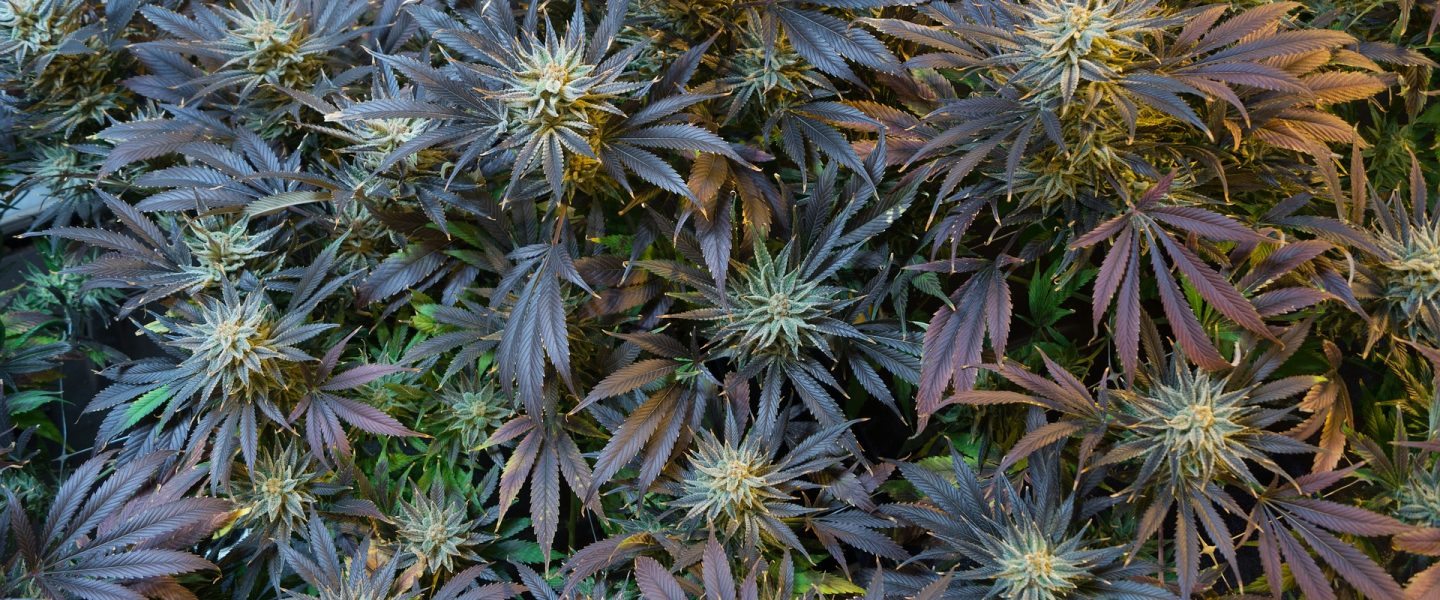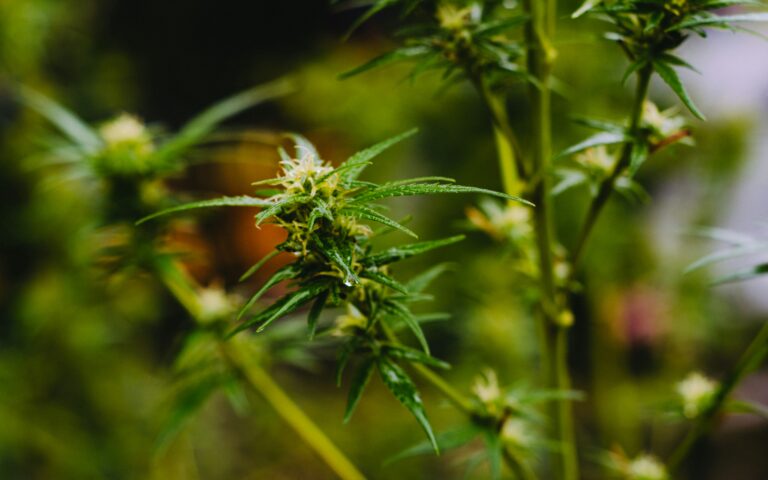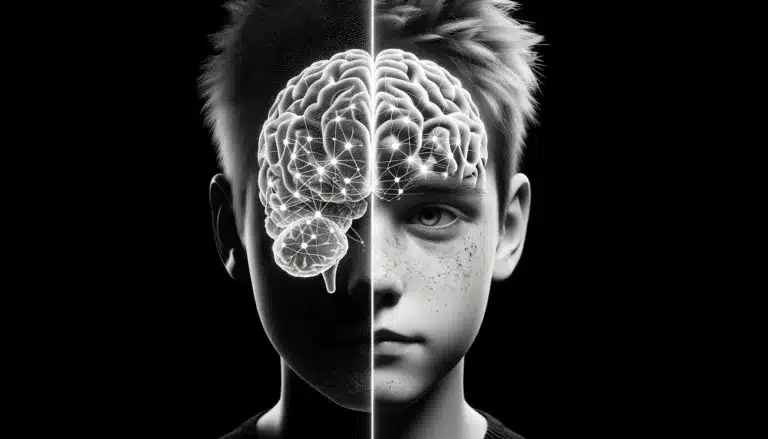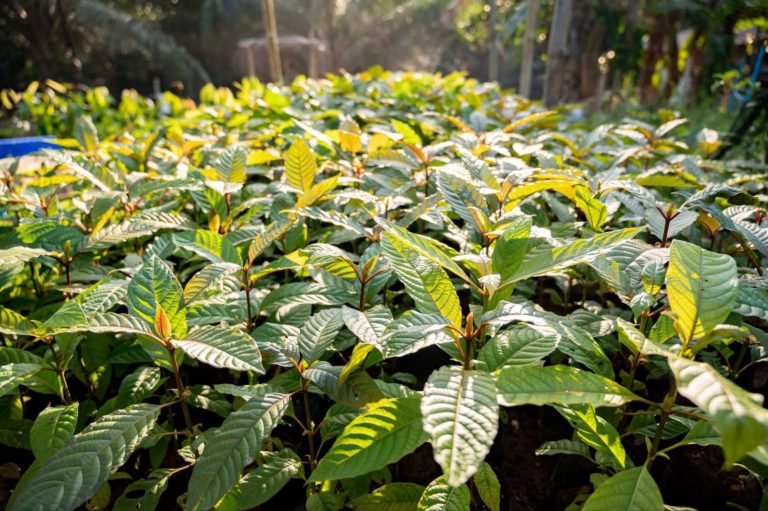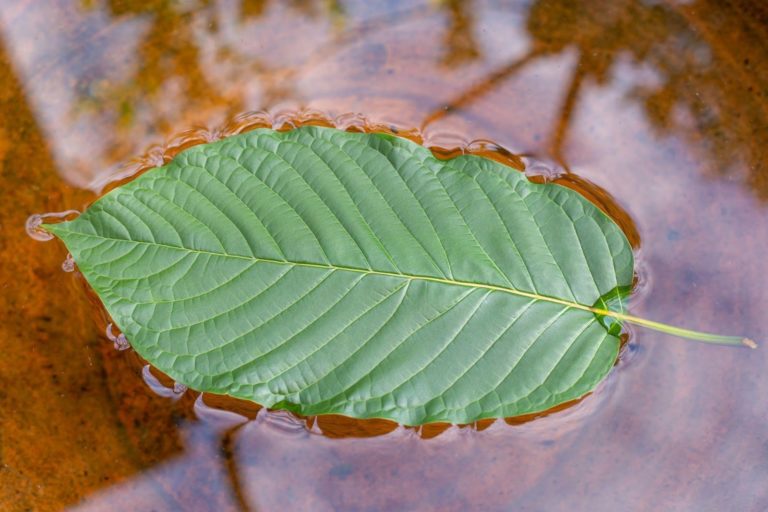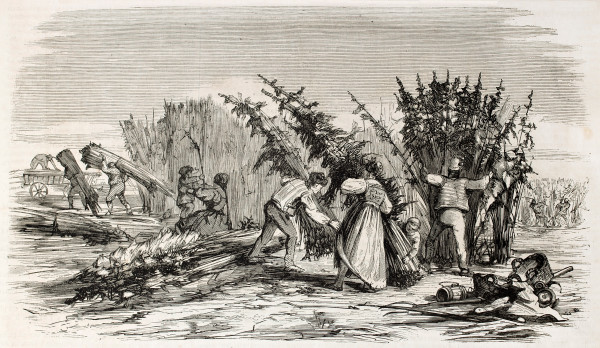
By Heather Ritchie, Staff Writer for Terpenes and Testing Magazine
Medicinal cannabis use dates back thousands of years with origins in the ancient world. Over 5,000 years ago in what is Romania today, its use was extensively described. Also, approximately 5,000 years ago, Shen Nung, a Chinese emperor, prescribed the plant for malaria, constipation, menstrual cramps, absent-mindedness, rheumatism, and beriberi, a disease in which the body lacks thiamine.
In ancient times hemp was a common crop grown for its oil, seeds, and fiber. Often used for clothes and rope, hemp was essential to the historical household. It was also grown for food as well and this may be how ancient people found the therapeutic benefits of cannabis.
Cannabis was utilized in ancient India to relieve dysentery and lower fevers. The ancient people viewed it as a gift from the Gods. It is still mixed in some drinks today like bhang, a mixture of ghee, spices, milk, and cannabis paste. At one time the Indian Hemp Drugs Commission described the culture and history of cannabis use in India: “To the Hindu the hemp plant is holy. A guardian lives in the bhang leaf…to see in a dream the leaves, plant, or water of bhang is lucky…No good thing can come to the man who treads underfoot the holy bhang leaf. A longing for bhang foretells happiness.”
Ebers Papyrus noted the use of cannabis as an anti-inflammatory around 1500 B.C. Around 100 A.D. in China, the medical book, Shennong Becaojing, referenced cannabis and relayed observations that the seeds, the leaves, and the flowers of the plant were beneficial in medicine. There is only one source of direct evidence that cannabis was widely utilized medicinally sometime around 100 A.D., however, and that is THC found in ashes by scientists. Chinese surgeon, Hua Tau was the first physician recorded to utilize the herb as an anesthetic for operations in 200 A.D. He minced it into a powder and mixed it up in wine for patients to drink before they had surgery.
Cannabis Use in the Middle Ages
Pedacius Dioscorides, a Roman physician, recorded cannabis use in his book, Materia Medica. Published in 70 A.D., his book recommended the herb’s use for diminishing sexual desire and treating earaches.
Cannabis was popular during the Middle Ages in the Middle East too. In Islam, wine was prohibited so many Muslims smoked hashish. “Grass,” another term used, was traditionally employed in Arabic medicine.
In Europe, it was integrated into traditional medicine and utilized as a remedy for jaundice, tumors, and coughing. Most interesting was the fact that medieval herbalists and doctors warned that excessive cannabis use might cause sterility as well as other medical conditions, though there were no statistics to illustrate this.
19th and 20th Centuries
The first time that medicinal cannabis use was recorded in the U.S. was in the United States Pharmacopoeia in 1850. It was widely used medically during the 1800s and early 20th century.
In 1854, the U.S. Dispensary said that hemp increased the appetite, acted as an aphrodisiac, and sometimes induced a cataleptic state. Cannabis resembles opium in that it alleviates spasms, relieves pain, induces sleep, and quells anxiety. It differs from the drug as it doesn’t cause constipation or decrease appetite. Many times, the plant is preferable to opium because of the lack of side effects like constipation or nausea.
It went on to list illnesses that cannabis helps like hysteria, epidemic cholera, uterine bleeding, mental depression, gout, neuralgia, tetanus hydrophobia, and insanity. Edinburgh physician, Dr. Alexander Christison found that it hastened and increased uterine contractions during labor and acted quickly with no anesthetic effect though not all cases reported the same results.
It’s incredible that cultures used cannabis for its therapeutic benefits over thousands of years, yet today it is an underutilized medical solution for numerous ailments like epilepsy, cancer, anxiety, and various other illnesses and symptoms. In a world full of medical innovations and technology, perhaps in this instance, it may be time to try a historical, traditional therapeutic alternative that has proven its success to multiple cultures over the centuries. It’s time that this ancient knowledge be resurrected and reconsidered.
To read more articles like this, visit terpenesandtesting.com.


